Salvia Blaze of Fire
$4.95
Salvia Viridis
- Seed count 25
- Easy to Grow
- Height 30 cm
- Perennial
In stock
Description
Salvia Blaze of Fire is a perennial upright bushy plant with oval pointed, hairy, green leaves that produce spikes of tubular bright red flowers. A compact cultivar that grows to 30 cm tall.
Ideal for cottage gardens, bedding, pots or containers as well as being outstanding for mass planting.
Like all other salvias families, its flowers are attractive to bees.
Grow in moist but well-drained soil in a sunny, sheltered site. Deadheading spent blooms will prolong flowering.
It is self-sewing where climatic conditions suit and excellent as a dried or cut flower. Most importantly, it’s gorgeous and thrives on total neglect.
| Method: Sow in trays | Soil Temp: 8°C - 30°C |
| Cool Mountain: Sep - Dec | Germination: 5 - 12 days |
| Arid: Aug - Nov | Position: Full sun |
| Temperate: Aug - Dec | Row Spacing: 30cm apart |
| Sub Tropical: Jan - Dec | Planting Depth: 4 mm |
| Tropical: Feb - Nov | Harvest: 85 days |
🌱 Sowing in Trays (Recommended)
Salvias benefit from a controlled start.
Steps:
- Fill seed trays or punnets with a free-draining seed-raising mix.
- Sow seeds on the surface – they need light to germinate, so don’t cover deeply. A light press or vermiculite dusting is enough.
- Mist lightly and place trays in a bright, warm spot (18–22°C).
- Keep moist (not soggy). Germination usually takes 10–21 days.
🌿 Direct Sowing
Best for warm climates or after the last frost in cooler areas.
Steps:
- Choose a well-prepared, weed-free bed.
- Lightly rake the surface, scatter seeds and press down gently.
- Water in with a fine spray and keep moist during germination.
🧤 Tip: Because salvia seedlings are slow to establish, sowing in trays gives them a better head start against pests and weather.
🏡 Soil & Position
- Sunlight: Full sun (minimum 6 hours/day). Some varieties tolerate part shade.
- Soil: Well-drained, loamy or sandy soil. pH 6.0–7.0.
- Drainage is crucial—avoid soggy spots to prevent root rot.
- Mix in compost before planting out to encourage healthy growth.
🛠️ Care & Maintenance
| Task | How-To |
|---|---|
| Watering | Water deeply but infrequently once established. Overwatering can lead to fungal issues. |
| Feeding | Light feeders—topdress with compost in spring. Too much fertiliser = less flowers. |
| Mulching | Apply straw or bark mulch to retain moisture and suppress weeds. |
| Pinching | Pinch back young plants to encourage bushiness. |
| Pruning | Trim back by one-third after flowering to encourage repeat blooms. |
| Staking | Some tall varieties benefit from support if in windy positions. |
🌿 Companion Planting for Salvia
Salvia is a pollinator magnet and helps boost productivity in nearby crops!
| Good Companions | Benefits |
|---|---|
| Tomatoes, Capsicum | Repels whitefly & aphids |
| Cabbage family | May deter cabbage moth |
| Marigold | Attracts beneficial insects together |
| Lavender, Yarrow | Enhances bee & beneficial insect activity |
🌼 “I love pairing salvia with vegetables and herbs—it’s a living border that looks good and works hard.”
✂️ Harvesting
🌸 For Flowers:
- Cut blooms in the morning once fully open for best vase life.
- Use clean snips and harvest just above a node to encourage side shoots.
🌿 For Medicinal or Culinary Types (e.g., Salvia officinalis):
- Harvest leaves in the morning after dew has dried.
- Pick regularly to promote fresh growth.
💐 Salvias are fabulous in flower arrangements—combine with cosmos, snapdragons, or zinnias for a cheerful bunch!
🐛 Common Issues & Fixes
| Problem | Symptoms | Solution |
|---|---|---|
| Powdery mildew | White powder on leaves | Improve airflow, avoid overhead watering, apply eco-fungicide |
| Aphids | Sticky leaves, curled growth | Blast with water or use insecticidal soap |
| Slugs/snails | Chewed young plants | Use barriers, traps, or natural predators like frogs |
| Root rot | Yellowing, wilting despite wet soil | Improve drainage, don’t overwater |
| Poor flowering | Lots of leaves, few flowers | Avoid high-nitrogen fertilisers, prune to refresh |
🌾 Seed Saving Guide
Salvias are easy to save seeds from, especially ornamental varieties.
🪴 When & How:
- Let flower heads dry on the plant.
- Once brown and crispy, snip off and place in a paper bag.
- Shake out seeds—small, dark seeds will fall free.
- Label and store in a cool, dry, dark place.
✉️ Storage Tips:
- Use paper envelopes or glass jars with silica sachets.
- Seeds can remain viable for 3–5 years if stored well.
✨ “Seed saving turns a single packet into seasons of colour—plus, your salvias get better adapted to your local conditions each year!”
🌱 Final Thoughts
Salvias are one of those garden gems that give so much for so little. They’re resilient, floriferous, and oh-so-pretty—plus, they support pollinators and companion planting beautifully. Whether you’re growing Salvia officinalis (common sage) for the kitchen or the bright annual varieties for garden borders and bouquets, they’re a joy to have around.
And remember—if a few seedlings don’t take off? That’s okay—it’s all part of the learning! Next season, you’ll know even more.
Postage Charge
Orders under $30 attract a $4.95 shipping charge. Orders $30 and above have free shipping.
Order Times
Seed orders are normally dispatched within three business days. You will receive an email when seeds are mailed out.
Postage Days
Seeds are mailed out Monday to Friday at 1pm. Except for the Friday of long weekends.
Postage Times
WA 2-3 Days: SA,NT 3-5 Days: NSW, ACT, QLD, VIC: 5-7 Days
Carrier
We use Australia Post Letter Postage for the majority of orders
Not only are our seeds packed in recycled paper envelopes, we keep the theme going when we post out website orders. To protect your seeds from moisture and the letter box munchers (snails), we use a very special plastic free material made from plants. They are then put into recycled mailing envelopes. Green all the way 💚🌿






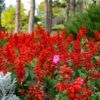
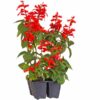

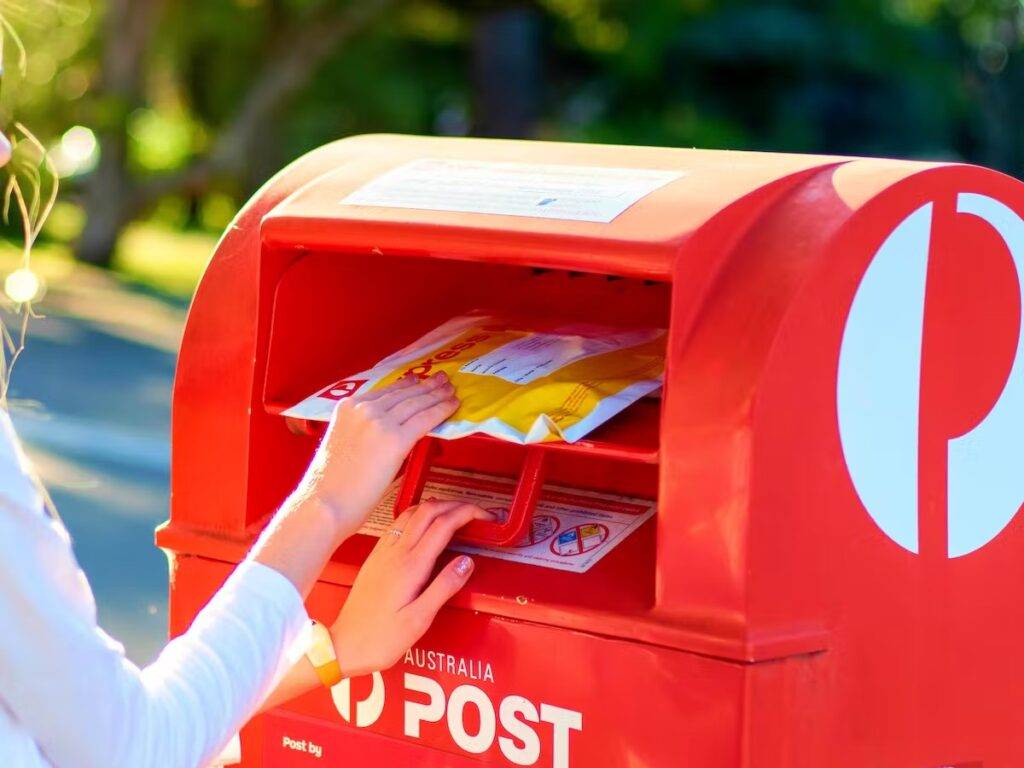
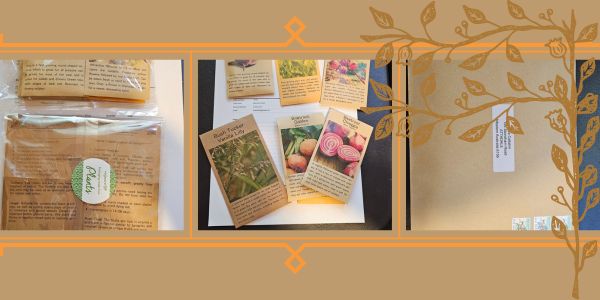
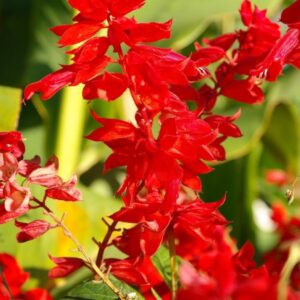
Reviews
There are no reviews yet